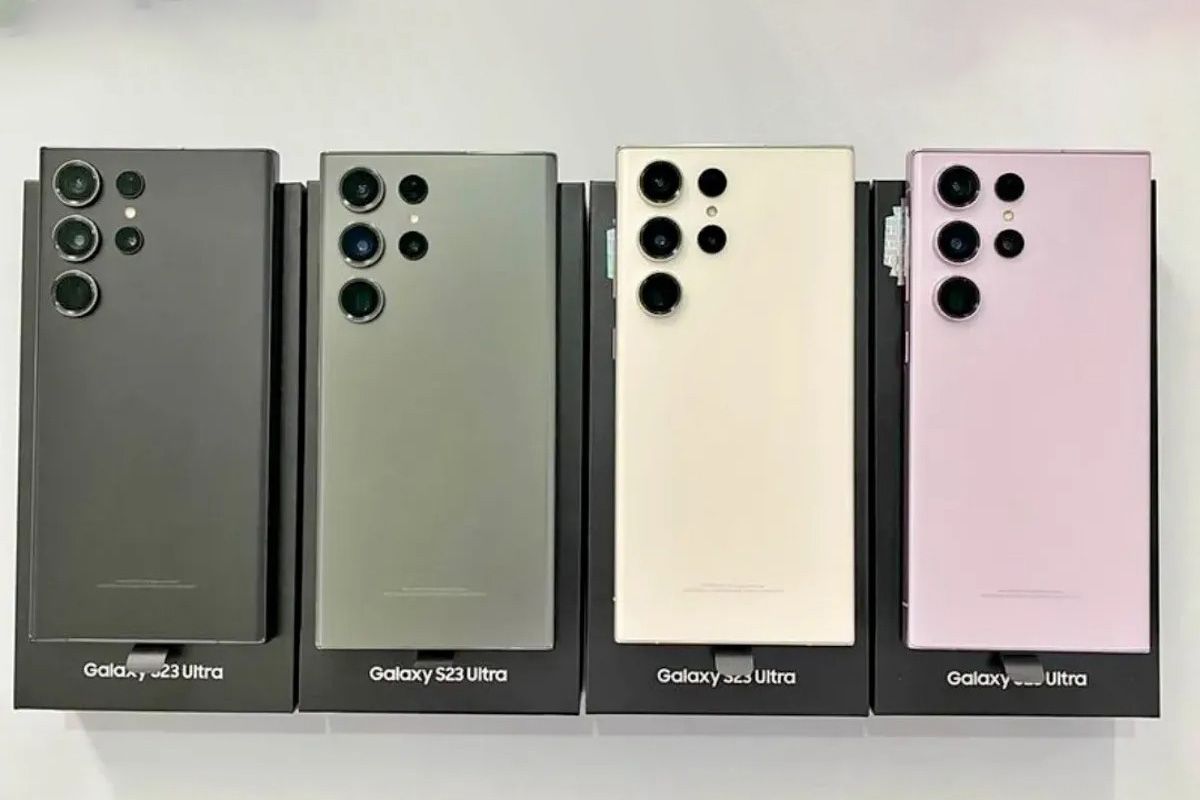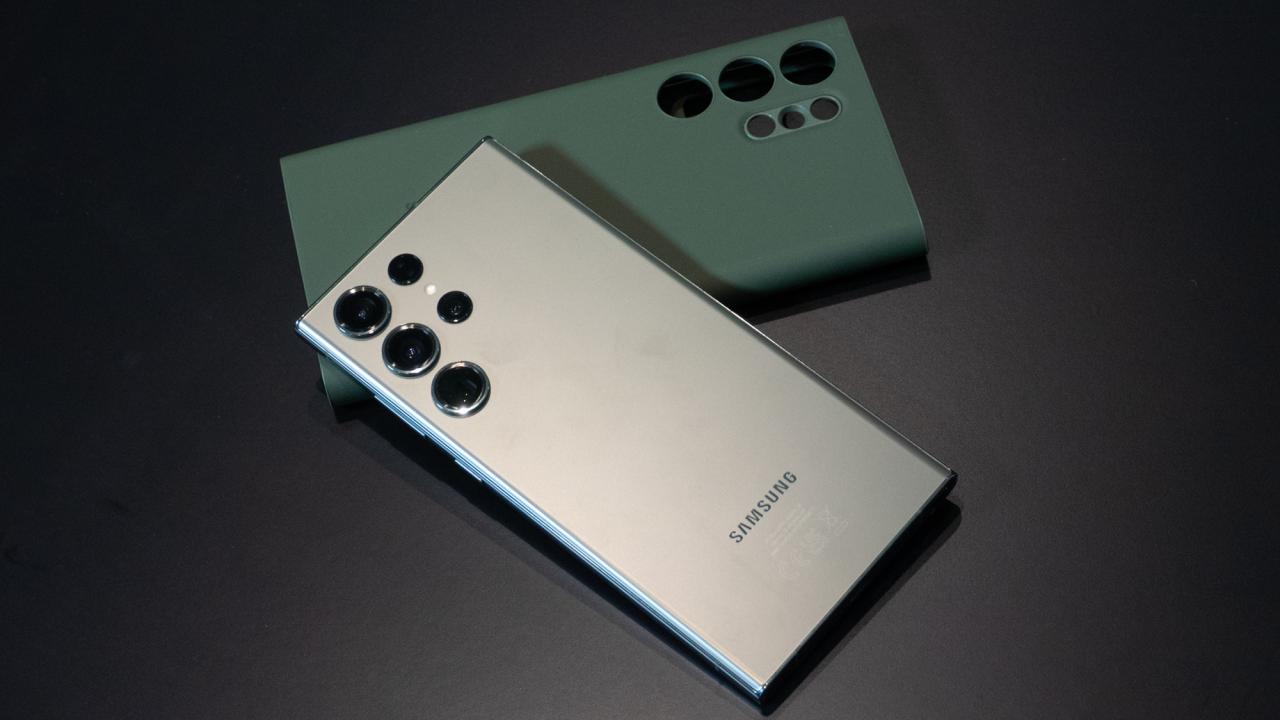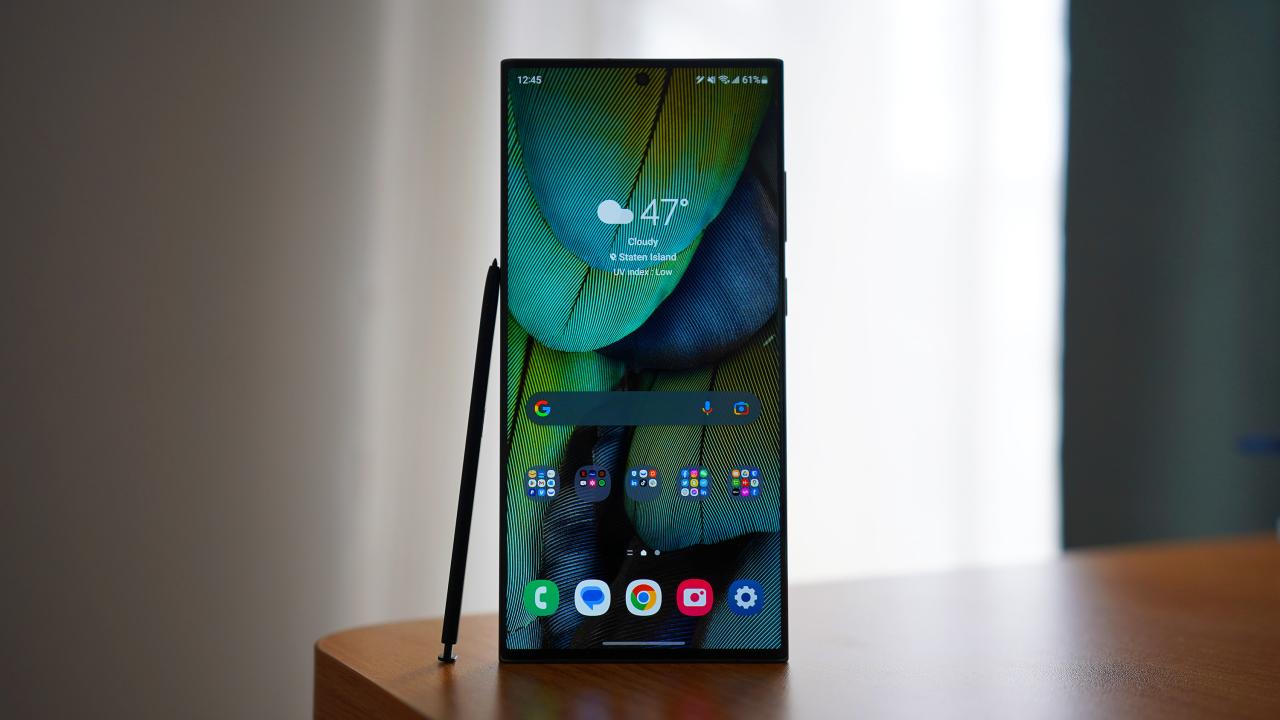samsung note7 stands as a pivotal chapter in smartphone history, marked by its innovative features and design. Launched with high expectations, this device promised to elevate the user experience, boasting a stunning display, advanced camera capabilities, and an intuitive stylus that set it apart from its predecessors. However, its journey was marred by significant challenges, notably the battery controversy that led to a global recall, affecting its reputation and legacy.
As we delve deeper, we’ll explore the Samsung Note7’s specifications, the design elements that showcased its uniqueness, user experiences that highlighted both its merits and flaws, and the lasting impact it has had on future Samsung devices and the smartphone industry as a whole.
Overview of Samsung Note7

The Samsung Note7 marked a significant leap in smartphone technology, blending cutting-edge features with a sophisticated design. Released in 2016, it was designed to appeal to mobile professionals and tech enthusiasts alike. Its emphasis on productivity tools, innovative technology, and premium aesthetics set it apart in the competitive smartphone market.
The Samsung Note7 came equipped with several standout features that catered to user needs. It sported a 5.7-inch Super AMOLED display with a resolution of 1440 x 2560 pixels, providing vivid colors and deep contrasts. The device was powered by either the Qualcomm Snapdragon 820 or Samsung’s Exynos 8890, depending on the region, and offered 4GB of RAM alongside either 64GB or 128GB of internal storage, expandable via microSD. One of its most notable features was its S Pen stylus, which was enhanced with improved pressure sensitivity and waterproof capabilities, allowing users to write and draw in any condition. Additionally, the Note7 was equipped with a dual-pixel 12-megapixel rear camera and a 5-megapixel front camera, both optimized for low-light photography.
Design Elements of Samsung Note7
The design of the Samsung Note7 showcased a harmonious blend of form and function, distinct from its predecessors. The device featured an elegant glass and metal body that exuded sophistication, with a refined edge-to-edge display that provided an immersive viewing experience. The front and back were both curved, creating a seamless look and feel that made it comfortable to hold.
The placement of the S Pen was thoughtfully designed, integrating it into the device in a way that made it easily accessible without disrupting the sleek aesthetic. Additionally, the Note7 came in various eye-catching color options, such as Coral Blue and Gold Platinum, appealing to diverse consumer tastes.
Technological Advancements Introduced by Note7
Samsung’s Note7 introduced several technological advancements that pushed the boundaries of what smartphones could achieve. These innovations included:
- Water and Dust Resistance: With an IP68 rating, the Note7 could withstand submersion in water for extended periods, a feature that enhanced its durability.
- Enhanced Security: The device introduced iris scanning technology, allowing users to unlock their phone quickly and securely, which was an industry-first at the time.
- Fast Charging: The Note7 supported both wired and wireless fast charging, significantly reducing the time needed to recharge the device.
- Improved Battery Technology: It featured a 3,500 mAh battery equipped with safety features, though its eventual battery issues led to widespread recalls.
The combination of these features made the Note7 a groundbreaking device, appealing to tech-savvy users and setting new standards for future smartphones in the industry. The commitment to innovation was evident in both hardware and software, making the Note7 a benchmark in the smartphone evolution.
Battery Controversy and Recall

The Samsung Galaxy Note7, which was launched with much fanfare in August 2016, quickly became notorious due to serious battery-related issues that led to fires and explosions. The controversy surrounding the device not only tarnished Samsung’s reputation but also raised significant concerns about smartphone safety standards across the industry.
The events leading to the battery issues began shortly after the Note7’s release when multiple reports surfaced of devices catching fire during charging. Initial investigations pointed to the battery cells supplied by Samsung SDI, which were found to be prone to overheating. As incidents escalated, Samsung took the extraordinary step of issuing a voluntary recall of 2.5 million devices in September 2016, aiming to replace the faulty units with new ones reportedly equipped with safer batteries. However, just weeks later, new reports emerged of replacement Note7s also catching fire, forcing Samsung to halt production entirely and issue a second recall. The debacle culminated in the complete discontinuation of the Note7 in October 2016, marking a significant failure in crisis management for the tech giant.
Samsung’s Response to Safety Concerns
In response to the growing safety concerns, Samsung’s strategy involved immediate communication to consumers and regulatory bodies. The company undertook an extensive public relations campaign to reassure customers of their commitment to safety. Samsung’s response included:
- Issuing a global recall within weeks of the initial reports, showcasing an immediate reaction to customer safety.
- Providing clear guidelines for affected customers, including detailed instructions on how to return the devices.
- Offering incentives for customers to exchange their devices, which included trade-in bonuses and discounts on future purchases.
- Launching a thorough investigation into the cause of the battery failures, engaging third-party experts to ensure transparency and credibility.
Despite these efforts, the situation remained dire, as the second recall proved that the replacement devices were not free from defects. Samsung faced extensive scrutiny from customers and regulators alike, resulting in a significant financial impact, reported losses in billions, and a long-term effect on brand loyalty.
Comparison with Similar Incidents in the Tech Industry
The Note7 crisis can be paralleled with several other significant incidents in the tech industry, showcasing varying degrees of success in crisis management. A notable example is the Apple battery controversy, where users reported severe battery drain and overheating issues in older iPhone models. Apple faced backlash for not disclosing that it was intentionally slowing down older devices to preserve battery life. Unlike Samsung, Apple’s strategy involved transparency and offering battery replacements at a reduced cost, which seemed to restore some consumer trust.
Another incident is the Toyota unintended acceleration case, where millions of vehicles were recalled due to safety concerns. Toyota’s response included a transparent communication strategy and an aggressive public relations campaign to rebuild trust, which ultimately allowed the brand to recover over time.
The Note7’s handling serves as a case study in the importance of proactive measures, transparent communication, and swift action in crisis situations. While Samsung’s initial response was commendable, the inability to prevent the recurrence of issues significantly impacted its reputation and market position.
User Experience and Reviews: Samsung Note7

The Samsung Note7 generated a myriad of user experiences upon its release, revealing both commendable features and glaring issues that ultimately shaped its legacy. Users expressed a variety of sentiments, ranging from awe at its capabilities to frustration over safety concerns that overshadowed its innovative design.
The Note7 was widely praised for its stunning display, robust performance, and versatile camera. However, the infamous battery controversy marred user experiences significantly. This section delves into the feedback from users to provide a balanced view of the Note7’s impact on customer loyalty and satisfaction.
Positive User Experiences
Numerous users lauded the Note7 for its advanced features and seamless performance. The following aspects received significant praise:
- Display Quality: Users praised the QHD Super AMOLED display for its vibrant colors and sharpness, making it ideal for multimedia consumption.
- Camera Performance: The 12 MP dual-pixel camera received high marks for its ability to capture high-quality images in various lighting conditions.
- Stylus Features: The S Pen was celebrated for its enhanced functionality, including new features like screen-off memo and improved pressure sensitivity.
- Performance: With its powerful processor and ample RAM, users enjoyed smooth multitasking and gaming experiences without noticeable lag.
Users appreciated the sleek design and the premium feel of the device. In their reviews, many highlighted how the Note7 felt comfortable in hand and looked visually appealing with its curved edges.
Negative User Experiences
Conversely, the battery issues led to a wave of negative experiences that ultimately defined the Note7 for many users. Key points of concern included:
- Battery Safety: A significant number of users reported overheating and, in some cases, fires due to battery malfunctions. This prompted widespread fear and led to the device being banned on flights.
- Recall Experience: The recall process was fraught with confusion for some users, leading to dissatisfaction regarding how Samsung handled the issue.
- Software Bugs: Several users encountered software glitches and performance hitches post-update, impacting the otherwise stellar experience.
These negative experiences contributed to a sense of betrayal among long-time Samsung fans, particularly for those who had invested in the Note series for its reliability.
Impact on Customer Loyalty
The duality of positive features coupled with disastrous battery issues created a complex narrative regarding customer loyalty towards Samsung. Many loyal customers felt disheartened by the recall, questioning their trust in the brand. However, Samsung’s swift action in recalling and addressing the safety issues helped mitigate some of the backlash.
Despite the fallout, some users remained brand loyal, attributing their continued allegiance to the company’s service response and commitment to safety. The Note7 incident prompted a deeper scrutiny into battery technology, ultimately influencing customer expectations regarding device safety in the future.
Overall, while the Note7 was recognized for its groundbreaking features, the negative experiences surrounding its battery controversy left an indelible mark on Samsung’s reputation, highlighting the critical balance between innovation and safety in consumer electronics.
Legacy and Impact on Future Devices
The Samsung Galaxy Note7 left an indelible mark on the tech landscape, influencing not only Samsung’s design philosophy but also shaping industry standards for safety and innovation. Its controversial battery issues prompted a reevaluation of device manufacturing and quality assurance processes, leading to significant changes in future smartphones, particularly within Samsung’s own lineup.
The Note7 experience served as a catalyst for Samsung to enhance its safety protocols and implement rigorous testing methods before device launches. This not only improved the reliability of subsequent products but also influenced competitors to adopt more stringent standards in battery technology and overall device safety.
Influence on Subsequent Samsung Devices, Samsung note7
The lessons learned from the Note7 battery issues reverberated through Samsung’s subsequent device releases. The Note series, which had established itself as a leader in the phablet market, underwent notable transformations to restore consumer confidence and reestablish its reputation. Key developments include:
- Enhanced Battery Testing Procedures: Post-Note7, Samsung introduced an 8-point safety check for batteries, which includes tests for durability and short-circuiting, ensuring that future devices are subjected to extensive scrutiny before reaching consumers.
- Adaptive Battery Technology: The introduction of Adaptive Battery in the Galaxy Note9 and later models aimed at optimizing power consumption, thus improving overall battery life while maintaining safety standards.
- Focus on User Feedback: Samsung actively engaged with users to gather feedback on battery performance and device safety, creating a more responsive design process that prioritizes consumer input in product development.
Lessons Learned and Industry Standards
The Note7’s battery controversy catalyzed changes that extended beyond Samsung, influencing the entire smartphone industry. The following points highlight the significant lessons learned:
- Importance of Safety Protocols: The incident underscored the necessity of rigorous safety protocols in manufacturing, prompting companies worldwide to reassess their testing and quality assurance processes.
- Transparency in Communication: The need for transparent communication with consumers regarding product issues became paramount, leading to improved recall procedures and customer service responses across the industry.
- Innovation in Battery Technology: Manufacturers invested in research and development for safer battery technologies, leading to advancements such as solid-state batteries, which promise enhanced safety and efficiency.
Timeline of Note Series Evolution Post-Note7
The Samsung Galaxy Note series continued to evolve significantly after the Note7, marked by key milestones that reflect both technological advancements and improved safety measures. The following timeline Artikels these developments:
| Year | Device | Key Features & Improvements |
|---|---|---|
| 2016 | Galaxy Note7 | Initial release; faced battery issues leading to recall. |
| 2017 | Galaxy Note8 | First release post-recall; introduced dual-camera system and enhanced safety checks. |
| 2018 | Galaxy Note9 | Improved S Pen with Bluetooth functionality; Adaptive Battery technology implemented. |
| 2019 | Galaxy Note10 | Launched with a more compact design; focus on productivity and enhanced performance. |
| 2020 | Galaxy Note20 | 5G capabilities and advanced mobile gaming features; further refined battery safety measures. |
| 2021 | Galaxy Note20 FE | More affordable variant with flagship features; continued emphasis on user feedback. |
FAQ Section
What were the key features of the samsung note7?
The samsung note7 featured a 5.7-inch QHD Super AMOLED display, a dual-curved design, a 12 MP rear camera, an S Pen stylus, and IP68 water and dust resistance.
How did Samsung respond to the battery issues of the samsung note7?
Samsung initiated a global recall, replaced affected devices, and implemented stricter battery safety measures to regain consumer trust.
What impact did the samsung note7 have on customer loyalty towards Samsung?
While the battery issues challenged loyalty, Samsung’s transparent handling of the crisis and commitment to safety helped restore faith among many customers.
Did the samsung note7 influence future Samsung devices?
Yes, the lessons learned from the Note7 crisis led to improved safety protocols and design innovations in subsequent devices like the Galaxy S8 and Note8.
What are the main lessons learned from the samsung note7 experience?
The Note7 incident underscored the importance of rigorous quality control, transparent communication with consumers, and the necessity for comprehensive safety measures in technology.
The Galaxy S 7 marked a significant evolution in smartphone technology, featuring an impressive camera and sleek design that captivated users. Its integration of powerful hardware made it a favorite among tech enthusiasts, solidifying Samsung’s reputation in the mobile market.
Meanwhile, the Samsung Note7 introduced innovative features like the S Pen and robust battery life, appealing to professionals and creatives alike. Despite its unfortunate recall, the device showcased Samsung’s commitment to pushing boundaries in smartphone functionality.